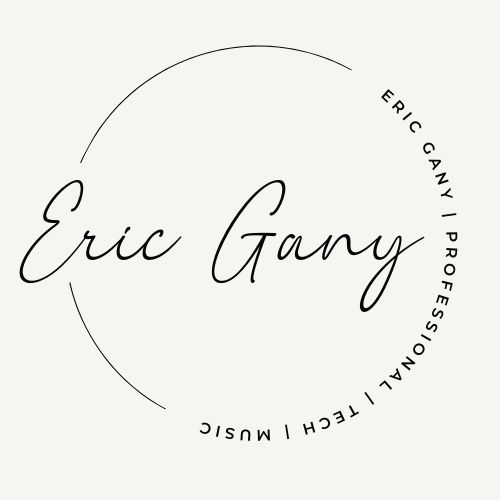The music industry is a complex ecosystem where artists, songwriters, producers, record labels, and publishers collaborate to create and distribute music. Amidst the creative process, various legal and business considerations must be addressed to protect the rights and interests of all parties involved. In this blog post, we’ll explore the essential aspects of the music business, including contracts, royalties, and copyrights, and provide insights into how artists and stakeholders can navigate this intricate landscape.
Understanding Contracts in the Music Industry
Contracts play a crucial role in the music industry, governing the relationships and transactions between artists, record labels, publishers, and other stakeholders. Some common types of contracts in the music industry include recording contracts, publishing contracts, licensing agreements, and distribution agreements. These contracts outline the rights, obligations, and compensation arrangements between parties, including royalties, advances, and intellectual property ownership.
Recording contracts, for example, typically grant record labels the exclusive rights to record, distribute, and promote an artist’s music in exchange for royalties and advances. Publishing contracts involve licensing and administrating musical compositions, including collecting royalties for public performances, mechanical reproductions, and synchronization licenses for use in film, television, and advertising.
Navigating Royalties and Compensation
Royalties are a primary source of income for artists and songwriters in the music industry. Different types of royalties exist, including mechanical, performance, synchronisation, and streaming. Mechanical royalties are paid to songwriters and publishers for producing and distributing musical compositions on physical and digital formats. Performance royalties are earned when musical compositions are publicly performed on radio, television, live performances, or streaming platforms. Synchronization royalties are paid for using music in visual media such as film, television, and advertisements.
With the rise of digital streaming platforms, the landscape of royalties in the music industry has evolved significantly. While streaming royalties offer artists, access to a global audience and potential for recurring revenue, the complex nature of streaming revenue distribution and low per-stream payouts have sparked debates around fairness and transparency in the industry.
Protecting Intellectual Property: Copyrights and Licensing
Copyright law plays a vital role in protecting the intellectual property rights of artists and creators in the music industry. Copyright grants creators exclusive rights to reproduce, distribute, perform, and license their original works. In the music industry, copyrights apply to both musical compositions (lyrics and melodies) and sound recordings (recordings of performances). Artists and songwriters can register their works with copyright offices to establish ownership and enforce their rights against infringement.
Licensing is another essential aspect of the music business, allowing artists, record labels, and publishers to monetize their intellectual property through various channels. Licensing agreements grant third parties the rights to use musical compositions or sound recordings in exchange for royalties or licensing fees. Joint licensing agreements include synchronization licenses for film, television, and advertisements, mechanical licenses for physical and digital distribution, and performance licenses for public performances.
Conclusion
The music business is a multifaceted ecosystem where creativity intersects with commerce, legalities, and technology. Navigating contracts, royalties, and copyrights is essential for artists and stakeholders to protect their rights, maximize their revenue streams, and build sustainable careers in the music industry. By understanding the intricacies of the music business and seeking professional guidance when needed, artists can position themselves for success and ensure their creative works are valued and compensated fairly in the digital age.

